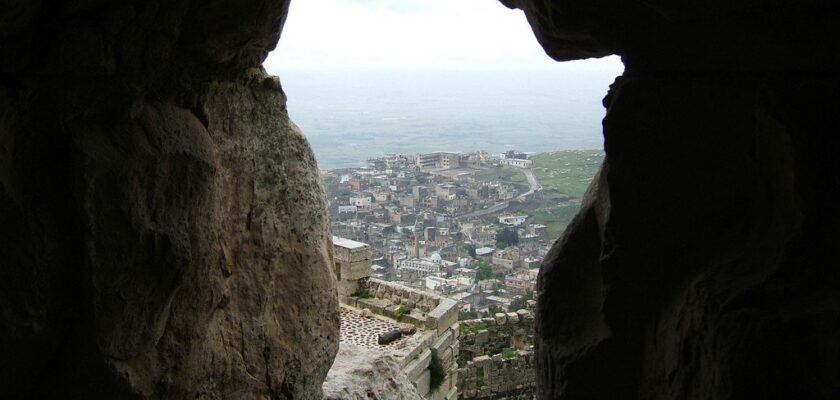Krak des Chevaliers
Krak des Chevaliers (Arabic: Kalaat al-Hosn) is a famous Hospitaller fortress, inscribed on the UNESCO World Cultural Heritage List in 2006. Due to an unusual coincidence, the citadel, located on the territory of an Arab state, became known to the world under its French name. The ancient stronghold remembers the times of crusades, sieges and rebuilding. The struggle for possession of the castle continues in the XXI century, far from the harsh Middle Ages.
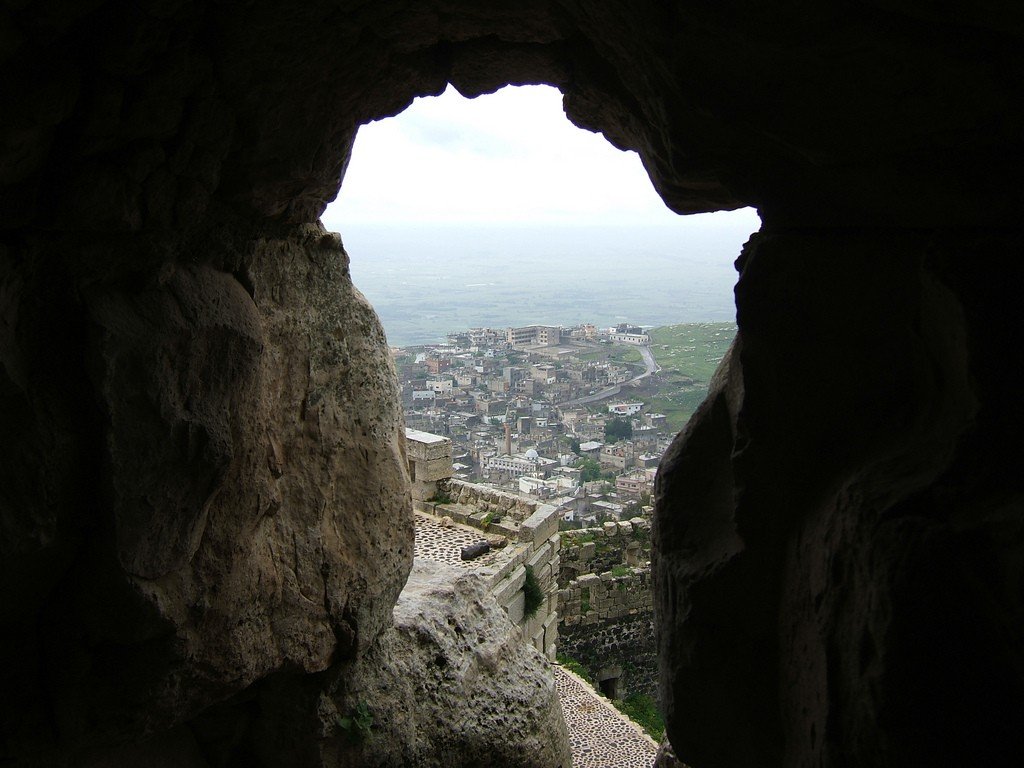
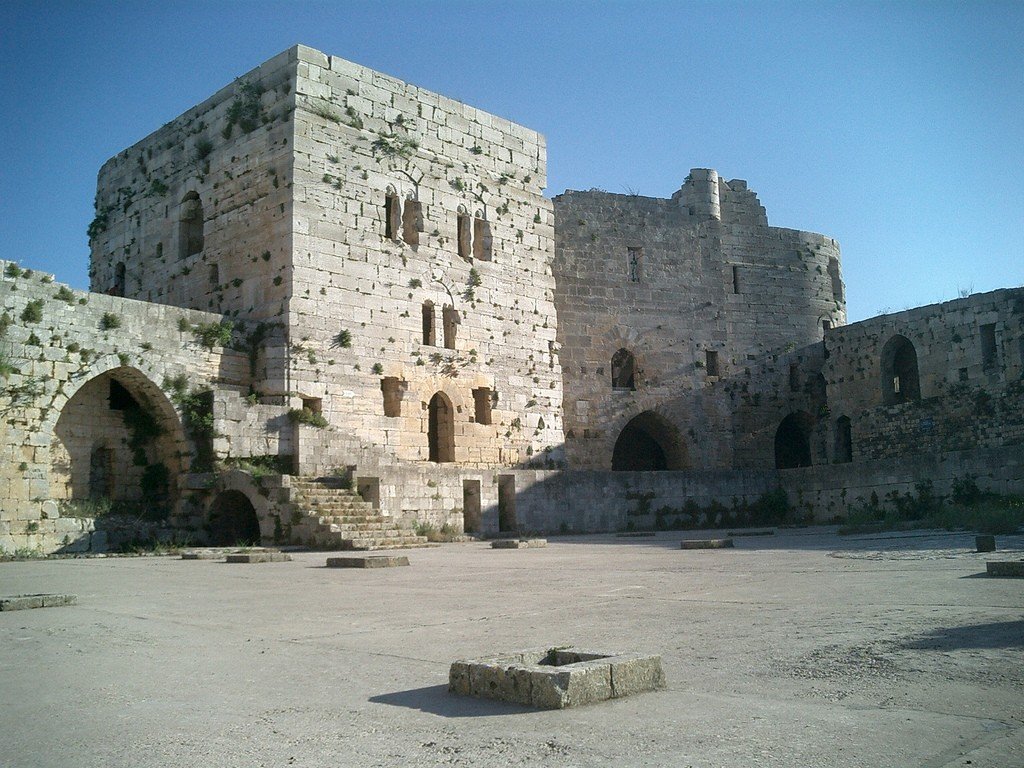
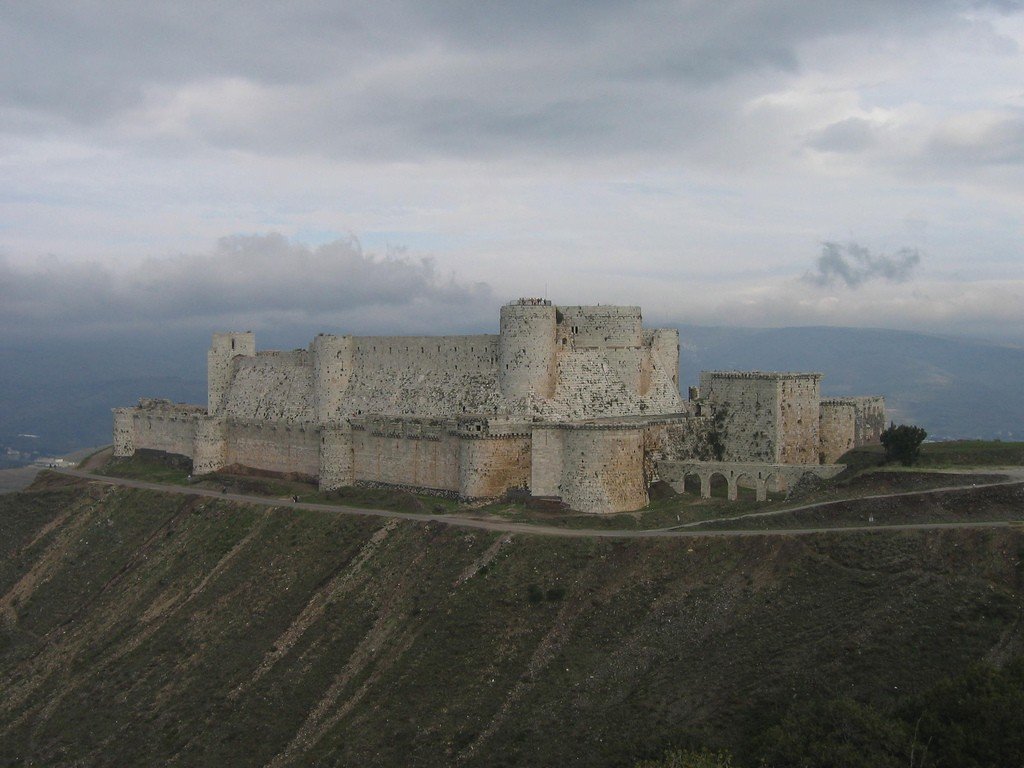
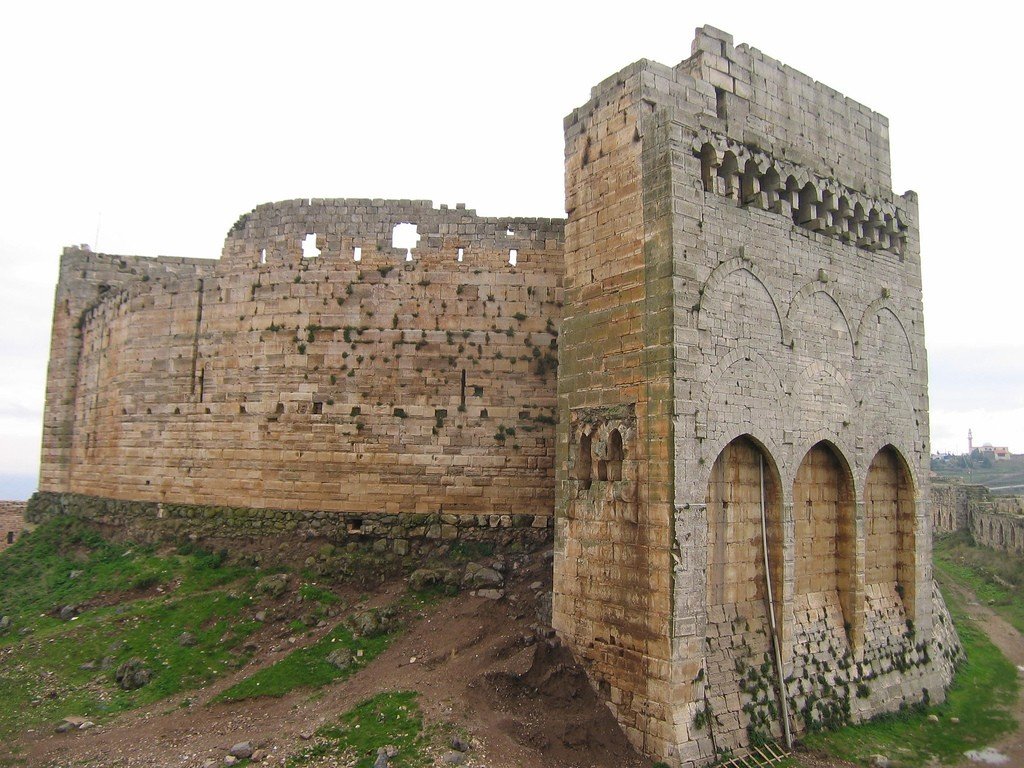
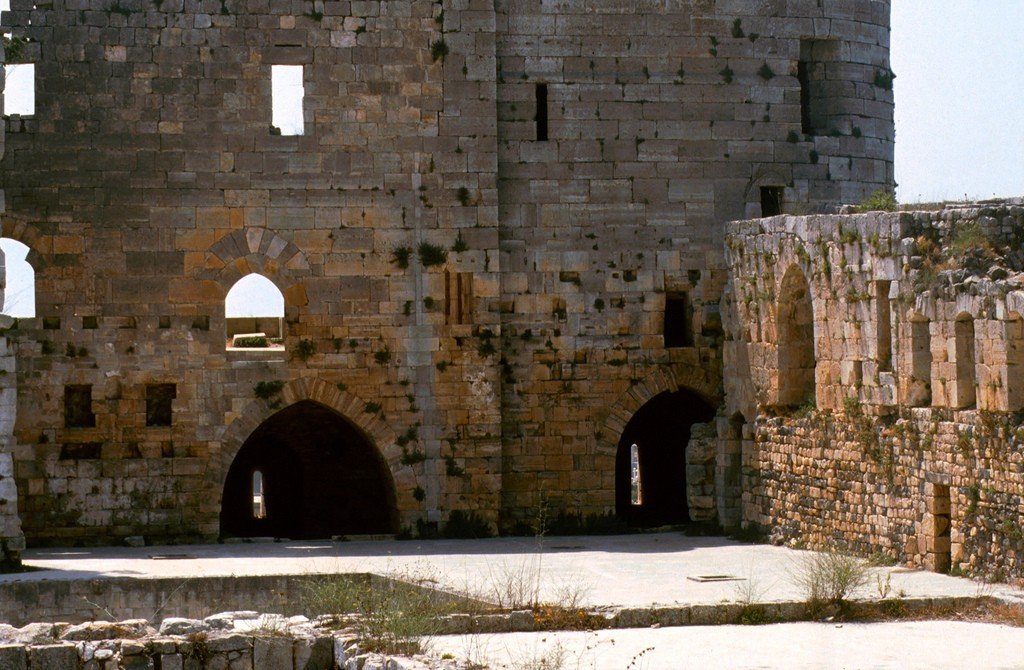
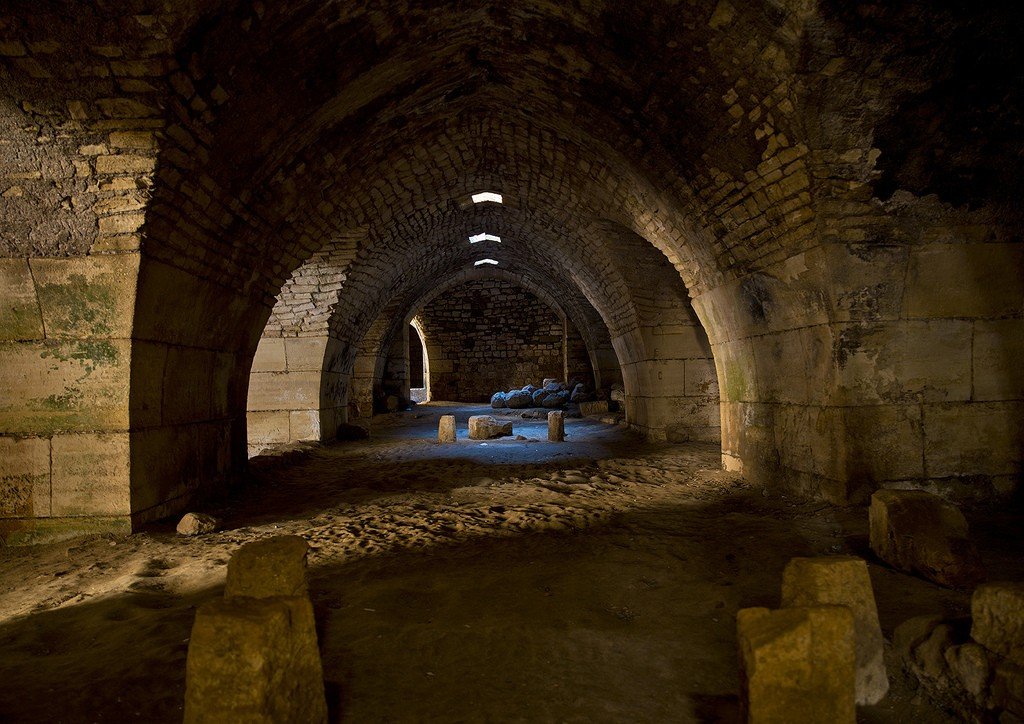
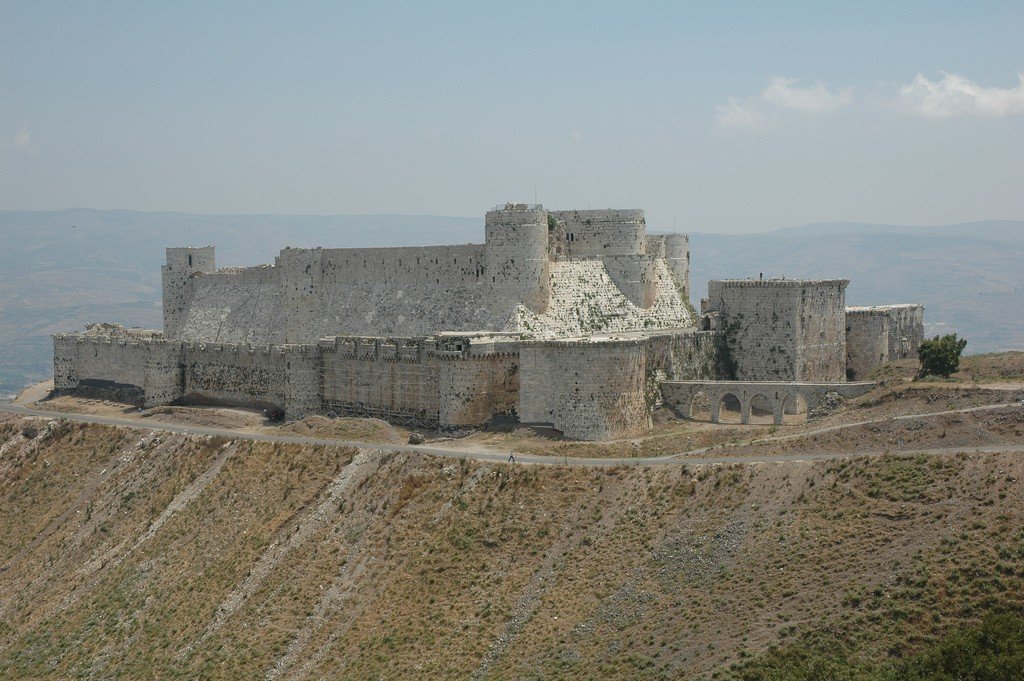
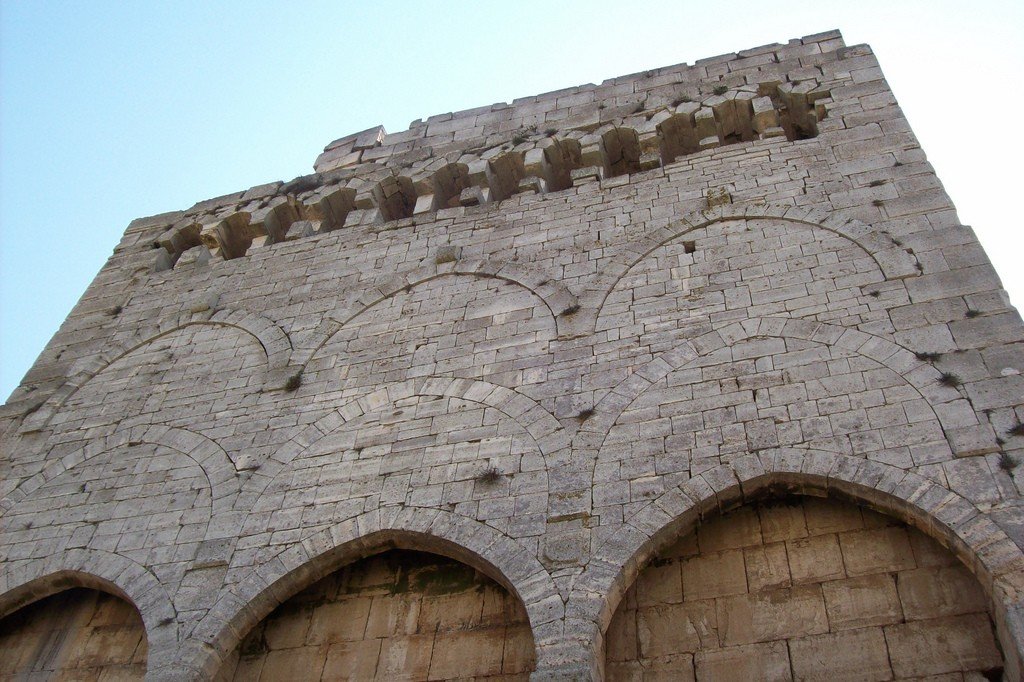
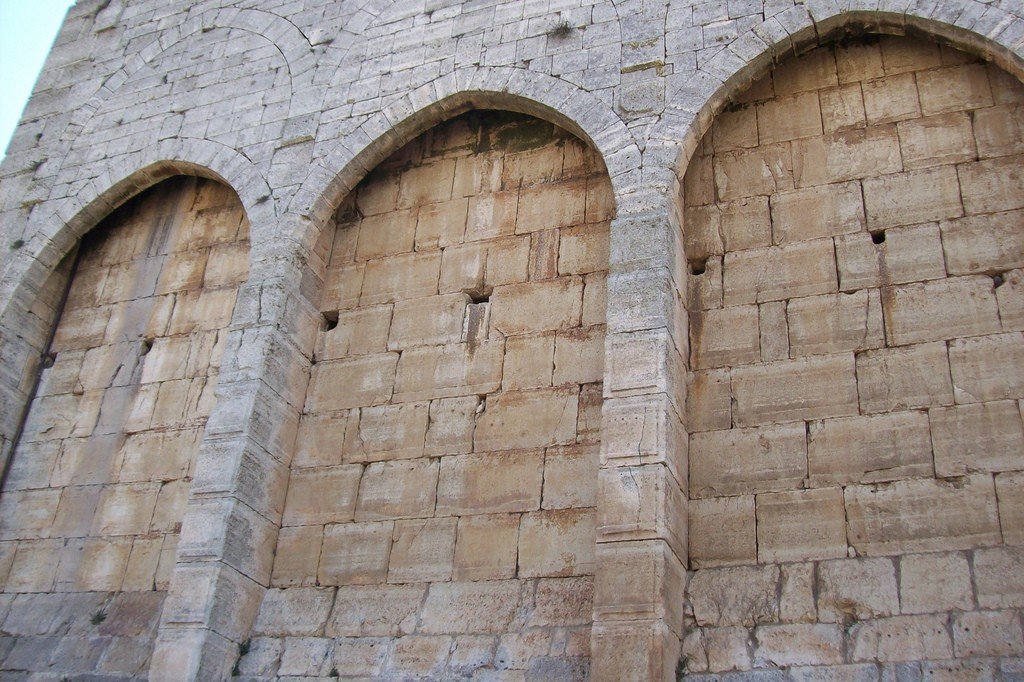
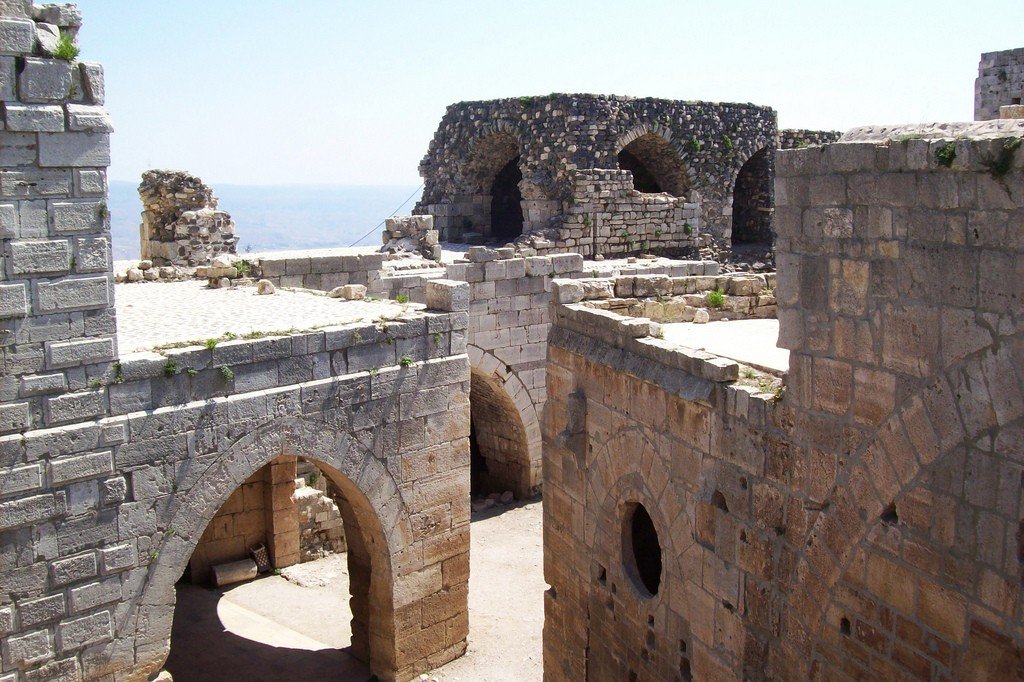
Video: Crac des Chevaliers
ContentsHistory of the Fortress of Crac des Chevaliers
Originally, Crac des Chevaliers was called Hysn al-Akrad, meaning “fortress of the Kurds”. The French called the stronghold simply Krat and then Krak, distorting the Arabic word “karak” (castle). The modern name can be translated as “castle of the knights”. The stronghold is also called Crac de l’Hospitaller, recalling that the citadel belonged to the Hospitaller Order.
.The first mention of the castle can be found in chronicles of the eleventh century. The garrison of the Emir of Aleppo was stationed here. At the end of the XI century during the First Crusade Crac de Chevalier was captured by the crusader Count of Toulouse. But he was not in the fortress for long, continuing the campaign to Jerusalem. At the beginning of the XII century the castle was again in the hands of the Crusaders.
.The Hospitaller Order, to which the citadel belonged for a long time, restored the Crac de Chevalier. Many new buildings were added to the grounds and significant changes were made to the architecture of the castle. The citadel was to serve as one of the most important Crusader strongholds in the Holy Land. It was necessary to reconstruct Krak de Chevalier not only after assaults, but also after earthquakes. The castle was only recaptured from the Crusaders in the second half of the 13th century.
.The fortress of Crac des Chevaliers became a model for some of Britain’s citadels. In 1272, during another crusade, Krak de Chevalier was seen by King Edward I of England. He liked the castle so much that he ordered similar fortresses to be built in Wales and England.
.Already in the new millennium, the fortress of Crac des Chevaliers continues to be at the center of many world events. In 2003, the Russian TV series Bayazet was filmed here, and just 10 years after filming, the castle was captured by terrorists. In 2014, Syrian government forces were able to recapture Krak de Chevalier, killing several dozen criminals. Currently, the fortress remains in almost the same condition as it was before the outbreak of hostilities in Syria. Only one of the towers, destroyed in an air raid, was seriously damaged.
.Walking around the fortress
It is possible to visit the Crac des Chevaliers on your own, but it is better to do so with a tour group or guide.
.Visitors enter the castle via a wooden bridge. Above the portal is an inscription in Arabic. It was made just after the citadel was returned to the Muslims. The inscription tells about the restoration work that was carried out in the fortress by order of Sultan Beibars. The floor of the galleries of the Crac de Chevalier is paved with irregularly shaped stone slabs. The steps leading from one floor to another are very wide. The stairs are gentle. All this was done so that not only on foot, but also on horseback could move around the fortress. During the walk travelers should pay attention to:
.- moat. Its purpose was primarily to protect the most vulnerable parts of the fortress from undermining. Water came from the aqueduct near the western corner tower and was used for household needs. The ditch is 72 meters long and 16 meters wide. From its bottom rise the walls of the inner defensive belt;
- glasis. It is not possible to see a glasis (slope) in every European medieval fortress. It served as a buttress, making the assault more difficult. In addition, the slope was used to strengthen the building, protecting it during earthquakes. Glasis was built in the 13th century;
- chapel. It is one of the oldest structures that can be found in the courtyard. The chapel was built in the twelfth century. After one of the earthquakes, it was badly damaged and was rebuilt with significant changes. The walls of the religious building were decorated with frescoes depicting St. John, Christ and the Virgin Mary. Trophies and banners were hung in the chapel, as well as the weapons of knights who had fallen in battle. Under the heavy slabs of this building are buried the remains of the masters of the Order and ordinary Hospitallers who distinguished themselves in battle. After the expulsion of the Crusaders from the fortress of Crac de Chevalier, a mosque was built in the chapel, which was used for its intended purpose until the beginning of the last century;
- the great hall. This room is located in the western part of the courtyard. The hall was built in the 1250s during one of the reconstructions of the citadel. The room was used for meals and meetings;
- Master’s Tower. Here is the highest point of the Crac des Chevaliers citadel. A special staircase takes you up to the observation deck, from which it is convenient to view the surroundings.
Walking around the castle, it is worth visiting the household rooms. Most of them were used for storing provisions. The barns held so much food supplies that the knights could withstand an enemy siege for five years.
.
Excursions
Despite Syria’s difficult situation since the early 2010s, tourism in Syria continues to grow. The Crac des Chevaliers is available to the public daily from 9:00 am to 4:00 pm (November through March) and 9:00 am to 6:00 pm (April through October). There is an entrance fee. You can relax in the café located in the Princess (“King’s Daughter”) Tower.
.How to get there
Foreign tourists should first arrive in Syria by any convenient means. It is possible to get to the castle of Krak de Chevalier directly from Damascus by cab, but this option is considered one of the most expensive. It is much cheaper to get to the fortress from Homs. Every day minibuses leave from there, going to the foot of Krak de Chevalier. Transportation usually follows to the small village of Hosne, located near the castle. Some drivers can take travelers to the castle itself for free or for an additional fee. Minibuses going to the citadel should be sought near the La table ronde hotel. There is no clear timetable – the bus leaves when the bus is full of tourists.
.